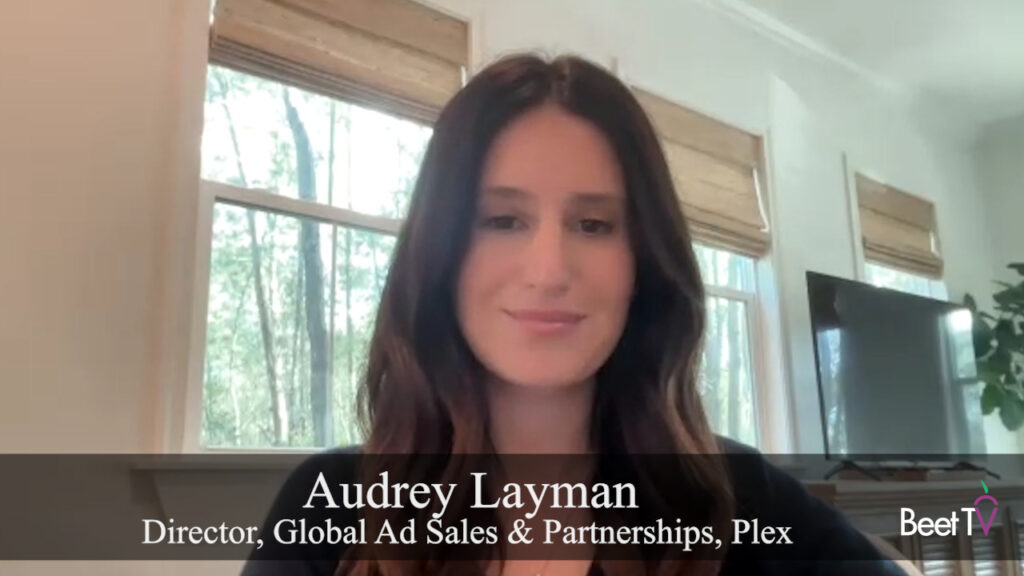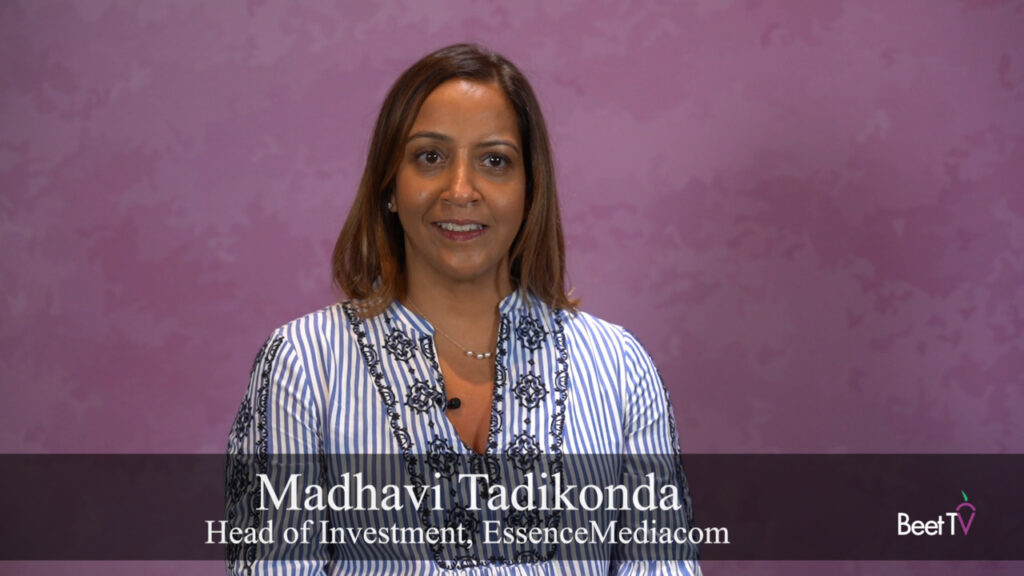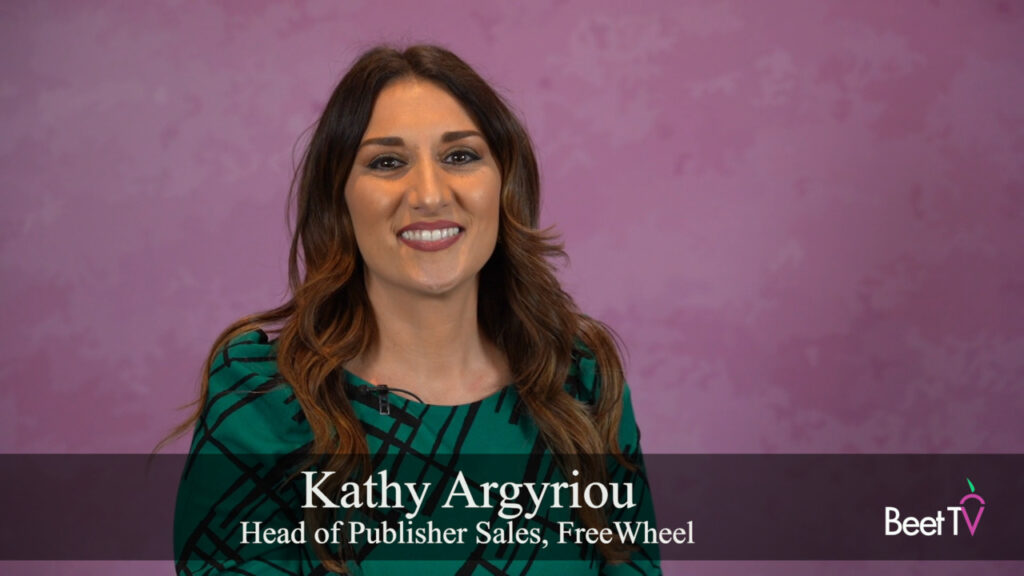LONDON, UK — These days, you can’t read about the advertising and technology businesses without reading about AI.
But Amelia Waddington was already an AI expert a decade ago. Waddington completed a PhD in Computational Neuroscience, the study of human intelligence using mathematical models.
Now as Chief Product Officer, Captify, Waddington is using web search intent to create machine learning models to optimize ad placements.
Speaking to me at The Future of TV Advertising Global 2023, Waddington explained how it works, and how ITV recently enlisted Captify’s products to improve its TV ad offering.
Captify: Leveraging search for optimized ad placements
Explaining Captify, Waddington says: “We build on a network of search that we take from across the internet, whether that’s search buzz on sites or through browsers.”
This strategy has helped Captify advise advertisers where to place their ad slots effectively, particularly in the digital and online advertising space.
“Everywhere it is possible to buy advertising, we want people to be able to use search intelligence to target it, and a big part of that is TV,” says Waddington. This transition has significantly contributed to the company’s growth, making up around 20% of their business in the US.
Introducing TV Search Lift: A new era of measurement
In November 2023, Captify launched TV Search Lift, a product centered around measuring the impact of TV ad campaigns using on-site search data.
“After your campaign is run or during your campaign, everyone wants to know how well it’s worked,” Waddington says. “When you go from awareness to consideration, the first thing you do is search.”
This search activity serves as a mid-funnel indicator of campaign effectiveness, providing an early indicator of an ad’s success that can be used for optimization and creative editing.
Captify and ITV: Enhancing contextual targeting
In October 2023, UK broadcaster ITV said it would upgrade its Automated Contextual Targeting offering by tapping Captify tech to identify moments, themes and emotions during ITV programmes for advertiser targeting.
“(We are) zooming down to five-minute intervals within that program,” Waddington says.
This approach allows for more specific moments that are great for priming for the advertisers that might want to come afterwards. “Captify is bringing web scale and machine learning technology to the contextual targeting of ITV,” Waddington adds.
@ITV AdLabs is supercharging its emotional targeting proposition in partnership with @Captify
Find out more about its revolutionised Automated Contextual Targeting (ACT) tool here 👉https://t.co/qXpeSVkD0k#marketing #advertising
— Marketing Beat (@MarketingBeatUK) October 11, 2023
Embracing AI in advertising
When asked about the role of AI in advertising, Waddington acknowledges the buzz around the technology. “There’s a lot of media minutes and words devoted to AI at the moment,” she says. But machine learning is not new – it has been used by Captify for the entire decade it’s been around.
Even so, AI large language models (LLMs) are shaking up the search business, with many observers expecting a huge portion of search activity to move toward conversational interfaces.
That stands to shake up use of SEO, search intent and other tactics around search – central pillars of digital marketing for two decades or more.
Waddington believes conversational search could offer new insights for advertisers, however. “When we start adding a little bit more emotion and feeling into those sentences, how much more are you going to understand around sentiment?” she muses.
This richer understanding could potentially enhance Captify’s sentiment analysis product, offering even more valuable data for advertisers to leverage.
You’re watching Beet.TV coverage of The Future of TV Advertising Global 2023, presented by Index Exchange. For more videos from this series, please visit this page.












































